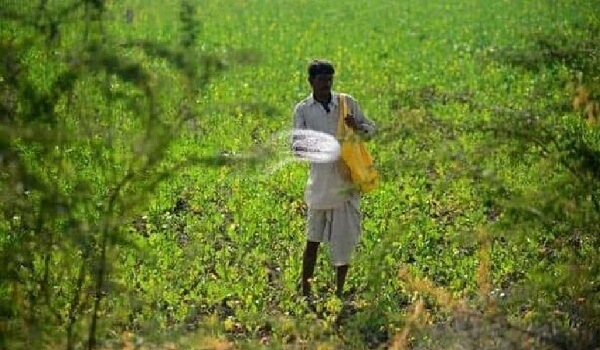Union cabinet has approved Nutrient Based Subsidy (NBS) rates for the various nutrients of Rabi and Kharif Season for 2022-23.For Rabi Season 2022-23: NBS approved for various nutrients i.e. Nitrogen (N), Phosphorus (P),Potash (K) and Sulphur (S).For Kharif Season 2023: NBS rates approved for Phosphatic and Potassic (P&K) Fertilizers.
Nutrient Based Subsidy (NBS) Regime
- Under the NBS regime – fertilizers are provided to the farmers at the subsidized rates based on the nutrients (N, P, K & S) contained in these fertilizers.
- Also, the fertilizers which are fortified with secondary and micronutrients such as molybdenum (Mo) and zinc are given additional subsidy.
- The subsidy on P&K fertilizers is announced by the Government on an annual basis for each nutrient on a per kg basis – which are determined taking into account the international and domestic prices of P&K fertilizers, Exchange Rate, inventory level in the country etc.
- NBS policy intends to increase the consumption of P&K fertilizers so that optimum balance (N:P:K= 4:2:1) of NPK fertilization is achieved.
- This would improve soil health and as a result the yield from the crops would increase, resulting in enhanced income to the farmers.
- Also, as the government expects rational use of fertilizers, this would also ease off the burden of fertilizer subsidy.
- It is being implemented from April 2010 by the Department of Fertilizers, Ministry of Chemicals & Fertilizers.
Significance
- Availability of Subsidized P&K Fertilizers will ensure the availability of DAP (Di-Ammonium Phosphate and other P&K fertilizers to farmers at subsidized, affordable, and reasonable prices during the Kharif season. This is essential to support agricultural productivity and food security in India.
- NBS subsidy is crucial for effective resource allocation and ensuring that subsidies are directed toward the farmers who need them the most, promoting efficient and sustainable agricultural practices.
Issues Related to NBS
Economic and Environmental Costs
- The fertilizer subsidy, including the NBS policy, imposes a significant financial burden on the economy. It ranks as the second-largest subsidy after food subsidy, straining fiscal health.
- Additionally, imbalanced fertilizer usage due to the pricing disparity has adverse environmental consequences, such as soil degradation and nutrient runoff, impacting long-term agricultural sustainability.
Black Marketing and Diversion
- Subsidized urea is susceptible to Black Marketing and diversion. It is sometimes illegally sold to bulk buyers, traders, or non-agricultural users like plywood and animal feed manufacturers.
- Moreover, there are instances of subsidized urea being smuggled to neighboring countries like Bangladesh and Nepal, leading to the loss of subsidized fertilizers intended for domestic agricultural use.
Leakage and Misuse
- The NBS regime relies on an efficient distribution system to ensure that subsidized fertilizers reach the intended beneficiaries, i.e., farmers.
- However, there may be instances of leakage and misuse, where subsidized fertilizers do not reach farmers or are used for non-agricultural purposes. This undermines the effectiveness of the subsidy and denies genuine farmers access to affordable fertilizers.
Regional Disparities
- Agricultural practices, soil conditions, and crop nutrient requirements vary across different regions of the country.
- Implementing a uniform NBS regime may not adequately address the specific needs and regional disparities, potentially leading to suboptimal nutrient application and productivity variations.

